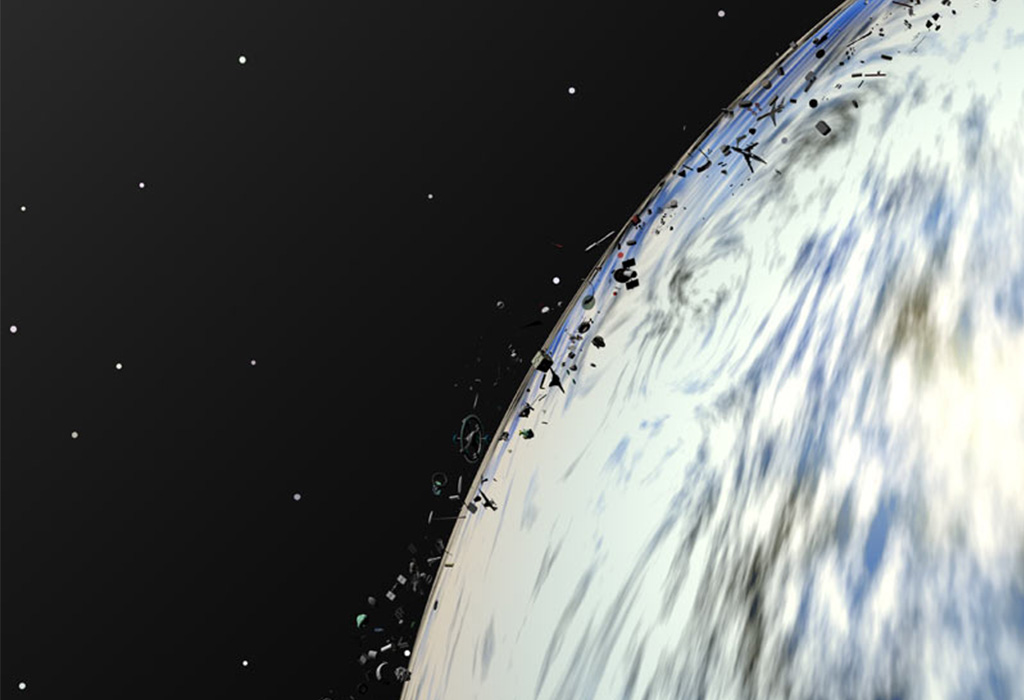Running out of space above Earth
What happens if space becomes so cluttered with bits of floating space junk the satellites we rely on for so many aspects of our lives can’t do their job? It’s predicted that this could well happen within 20 years.
Since 1957, millions of pieces of junk have accumulated within various orbits around Earth. This junk ranges in size from less than a millimetre to entire defunct satellites. And the speed at which they are travelling means even the tiniest pieces can pack a mean punch. A fragment of junk just 10 cm in diameter will render a spacecraft useless.

So, if the useful orbits around Earth become too full of rubbish, and our satellites can’t operate safely, it will have serious implications. Here in Australia, we are the most dependent country in the world on space. Our advanced economy, spread over our vast continent, relies on space resources. Weather monitoring, communications, agriculture, navigation and emergency and rescue services all rely on satellites. Even our groceries will cost more, as the finely-tuned, efficient just-in-time delivery systems that get products to the shops will fail.
It’s such a serious problem that during the 1990s space organisations around the world agreed to work together to prevent the problem becoming unmanageable. This led to a complete redesign of all spacecraft—every single screw on a space craft today is held in place with a wire to stop it accidentally floating away to become junk.
These procedures reduced the rate of debris accumulation by 65 per cent between 1996 and 2007. This was great, until a demonstration of a Chinese anti-satellite missile very effectively destroyed a satellite, delivering around 40 years’ worth of junk—including more than 3,000 pieces bigger than 1 cm—into space. The accidental collision of the Iridium and Cosmos satellites in 2009 didn’t help matters either. This event produced thousands more pieces of debris.
So what can we do about it? Apparently, lasers.





